Filter By:
Main Cloud Types
- Cumulus
- Stratus
- Stratocumulus
- Altocumulus
- Altostratus
- Cirrus
- Cirrocumulus
- Cirrostratus
- Nimbostratus
- Cumulonimbus
Other Clouds
- Arcus
- Asperitas
- Cap / banner clouds
- Capillatus
- Castellanus
- Cataractagenitus
- Cauda (Tail cloud)
- Cavum (Fallstreak hole)
- Congestus
- Contrail (homogenitus)
- Duplicatus
- Diamond dust
- Distrail
- Fibratus
- Flammagenitus (Pyrocumulus)
- Floccus
- Fluctus (Kelvin-Helmholtz)
- Fractus
- Homogenitus
- Horseshoe vortex
- Humilis
- Incus
- Intortus
- Lacunosus
- Lenticularis
- Mamma
- Morning Glory Cloud
- Murus (Wall cloud)
- Mediocris
- Nacreous
- Nebulosus
- Noctilucent
- Pannus
- Perlucidus
- Pileus
- Praecipitatio
- Radiatus
- Silvagenitus
- Spissatus
- Stratiformis
- 'Supercilium' (not official classification)
- Translucidus
- Tuba / Twister
- Uncinus
- Undulatus
- Velum
- Vertebratus
- Virga
- Volutus (Roll cloud)
Optical Effects
- 22° Halo
- 46° Halo
- Circumhorizon Arc
- Circumscribed halo
- Circumzenithal Arc
- Cloudbow / Fogbow
- Corona
- Crepuscular rays & shadows
- Diffuse arcs
- Green flash
- Glory
- Halos
- Helic arc
- Infralateral arc
- Iridescence
- Lower Sun Pillar
- Lower Tangent Arc
- Moonbow
- Moondogs
- Parhelic circle
- Parry antisolar arcs
- Parry arc
- Parry infralateral arc
- Parry supralateral arc
- Rainbow
- Sub parhelion
- Sub-sun
- Suncave parry arc
- Sun dog (Parhelion)
- Sun pillar
- Supernumerary bows
- Subparhelic circle
- Supralateral arc
- Upper tangent arc
- Wegener arc
A sub-sun spotted on Mount Sentinel, Missoula, Montana, US.
10 thoughts on “Ron Scholl”
Leave a Reply Cancel reply
You must be logged in to post a comment.
This site uses Akismet to reduce spam. Learn how your comment data is processed.
A mixed sky over Dover, Delaware, US
Leave a Reply Cancel reply
You must be logged in to post a comment.
This site uses Akismet to reduce spam. Learn how your comment data is processed.
Birds flying beneath cirrostratus, spotted over Esfahan, Iran
Leave a Reply Cancel reply
You must be logged in to post a comment.
This site uses Akismet to reduce spam. Learn how your comment data is processed.
Following consecutive days of overcast weather, the sun made an appearance during the late afternoon, to contribute towards a colourful sunset over Bonnie View Nature Sanctuary, Columbia, Missouri, US
Leave a Reply Cancel reply
You must be logged in to post a comment.
This site uses Akismet to reduce spam. Learn how your comment data is processed.
Crepuscular rays and iridescence spotted over Mahajeran, Northwest Iran
Leave a Reply Cancel reply
You must be logged in to post a comment.
This site uses Akismet to reduce spam. Learn how your comment data is processed.
Cumulonimbus over Brisbane, Queensland, Australia
Leave a Reply Cancel reply
You must be logged in to post a comment.
This site uses Akismet to reduce spam. Learn how your comment data is processed.
Virga with a subtle rainbow spotted over the Adirondack Mountains, Vermontville, New York, US
Leave a Reply Cancel reply
You must be logged in to post a comment.
This site uses Akismet to reduce spam. Learn how your comment data is processed.
Altocumulus and Cumulus fractus spotted over Zhongzheng District, Taipei City, Taiwan
Leave a Reply Cancel reply
You must be logged in to post a comment.
This site uses Akismet to reduce spam. Learn how your comment data is processed.
A gap in cloud cover just beyond the edge of cumulus congestus, spotted over San Juan, Puerto Rico
Leave a Reply Cancel reply
You must be logged in to post a comment.
This site uses Akismet to reduce spam. Learn how your comment data is processed.
Fluctus (Kelvin-Helmholtz) spotted over the Rockies, near Brighton, Colorado, US
Leave a Reply Cancel reply
You must be logged in to post a comment.
This site uses Akismet to reduce spam. Learn how your comment data is processed.
Fall Larch trees in the fog near Bigfork, Montana, US
Leave a Reply Cancel reply
You must be logged in to post a comment.
This site uses Akismet to reduce spam. Learn how your comment data is processed.
Marmalade colored cloud spotted in the early evening over Goodyear, Arizona, US
Leave a Reply Cancel reply
You must be logged in to post a comment.
This site uses Akismet to reduce spam. Learn how your comment data is processed.
Altocumulus stratiformis undulatus, also known as a 'mackerel sky', spotted over Burton on Trent, England
Leave a Reply Cancel reply
You must be logged in to post a comment.
This site uses Akismet to reduce spam. Learn how your comment data is processed.
Fog spotted by Alina Payne, from the Settignano Hills over the valley in Florence, Italy
Leave a Reply Cancel reply
You must be logged in to post a comment.
This site uses Akismet to reduce spam. Learn how your comment data is processed.
Virga spotted over Allendale, Michigan, US
Leave a Reply Cancel reply
You must be logged in to post a comment.
This site uses Akismet to reduce spam. Learn how your comment data is processed.
A classic example of a rare horseshoe vortex spotted over Roanoke, Virginia, US
Leave a Reply Cancel reply
You must be logged in to post a comment.
This site uses Akismet to reduce spam. Learn how your comment data is processed.




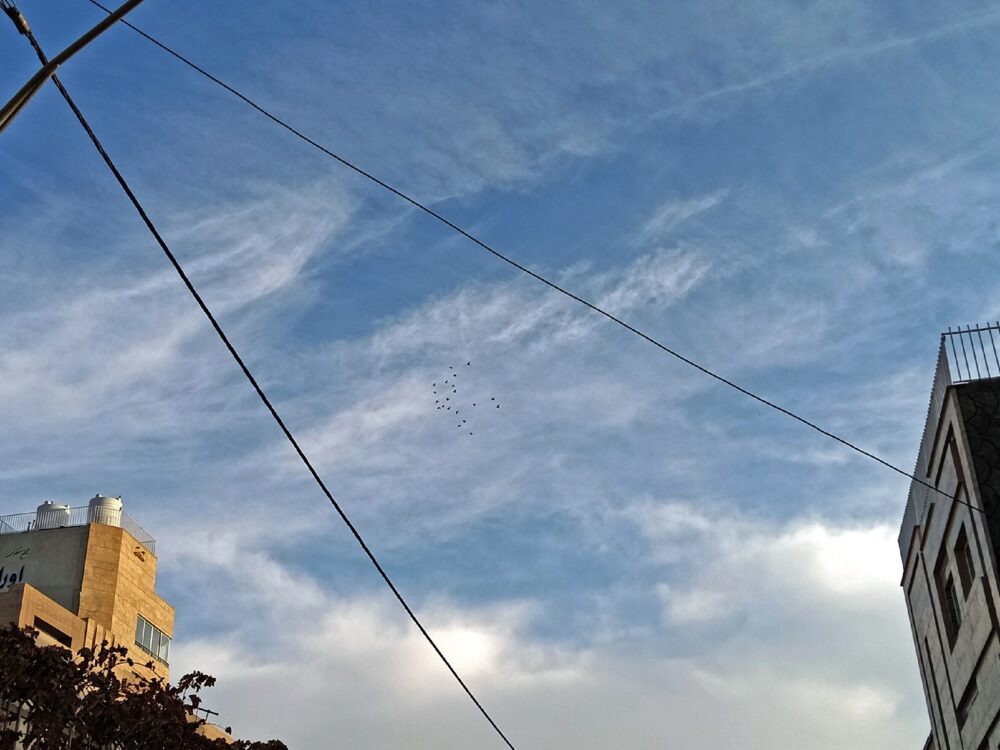

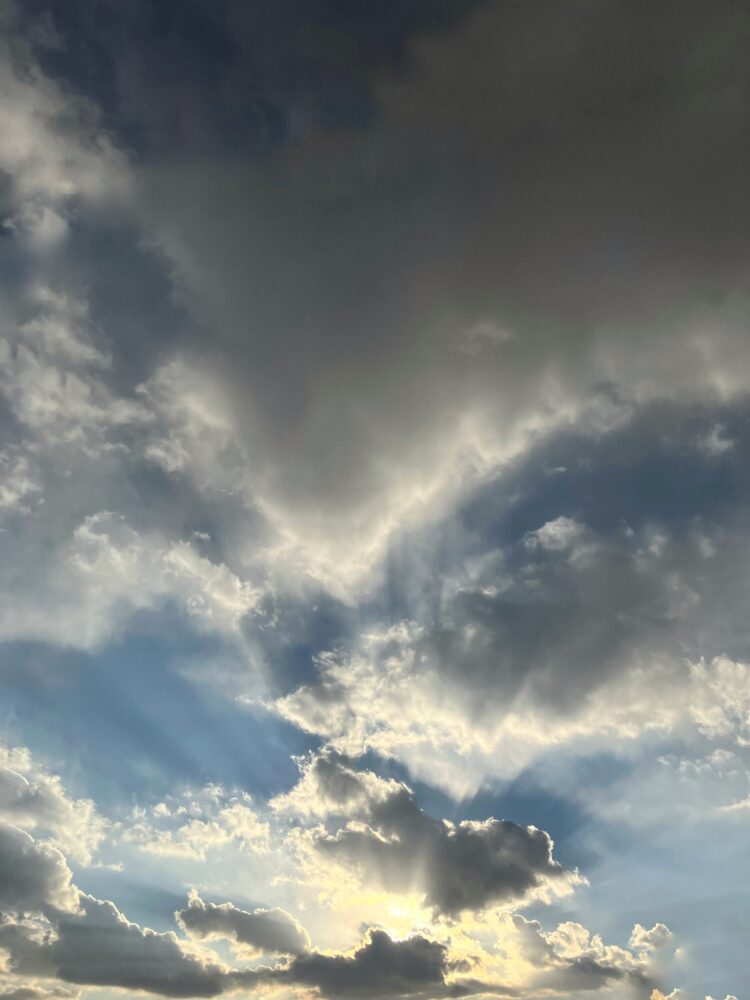
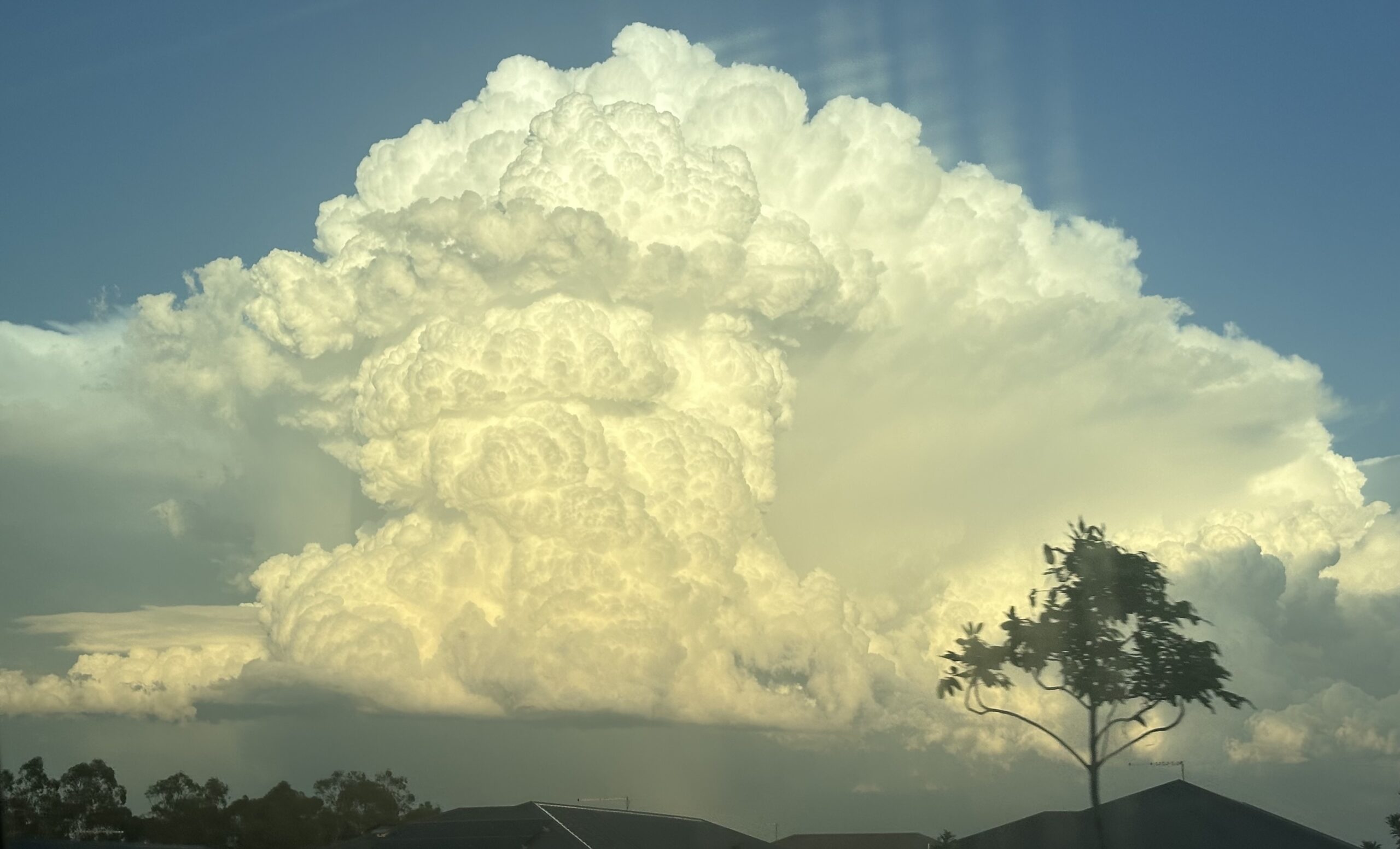
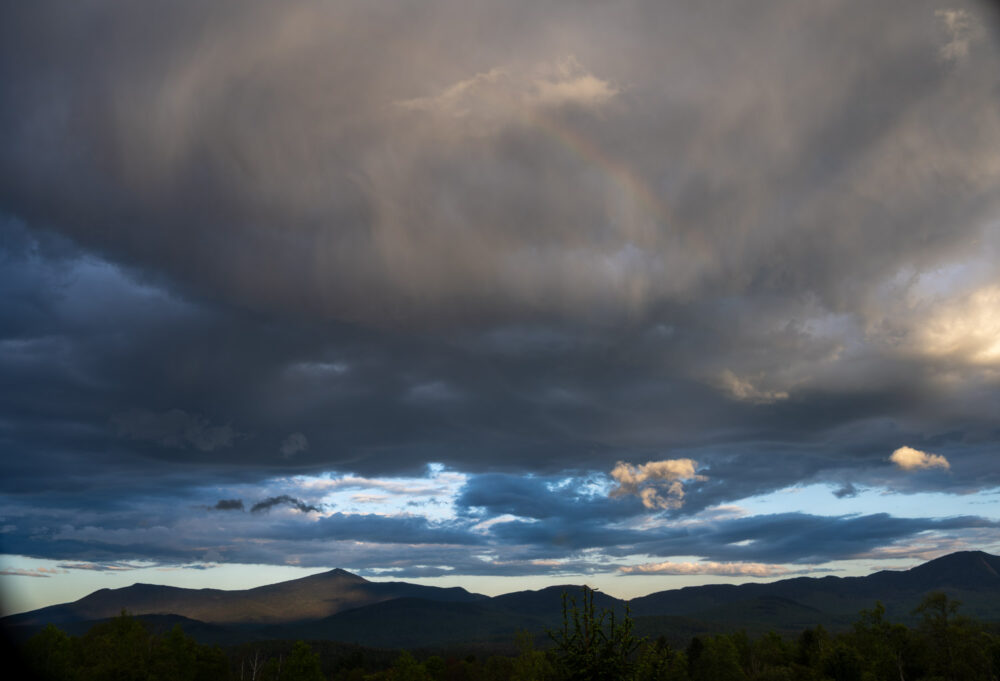
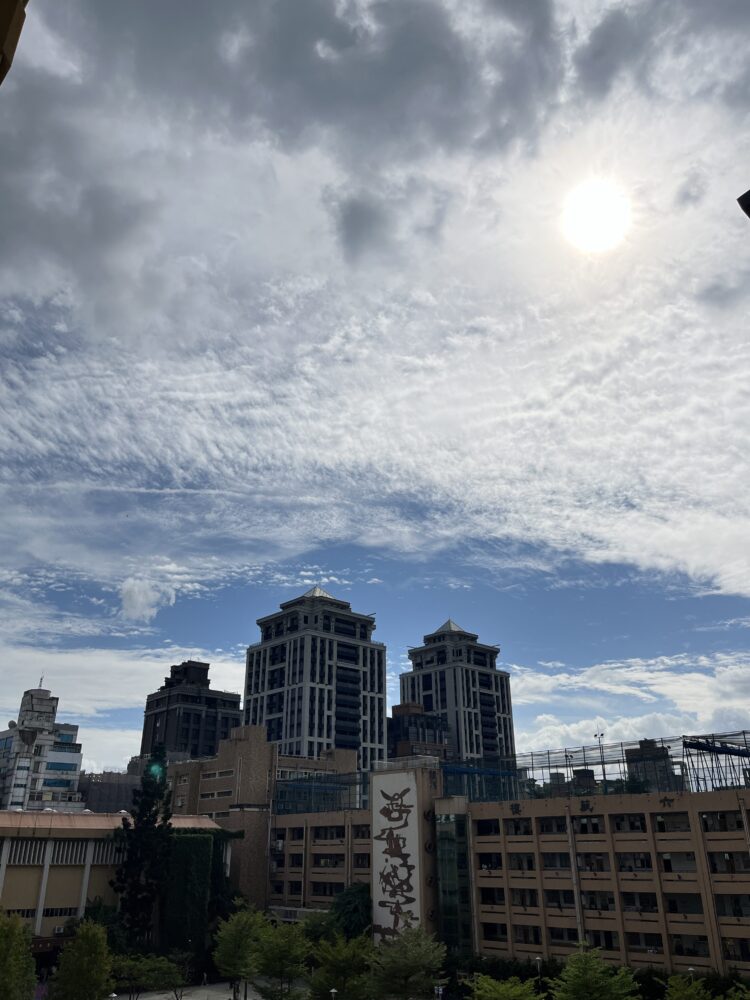

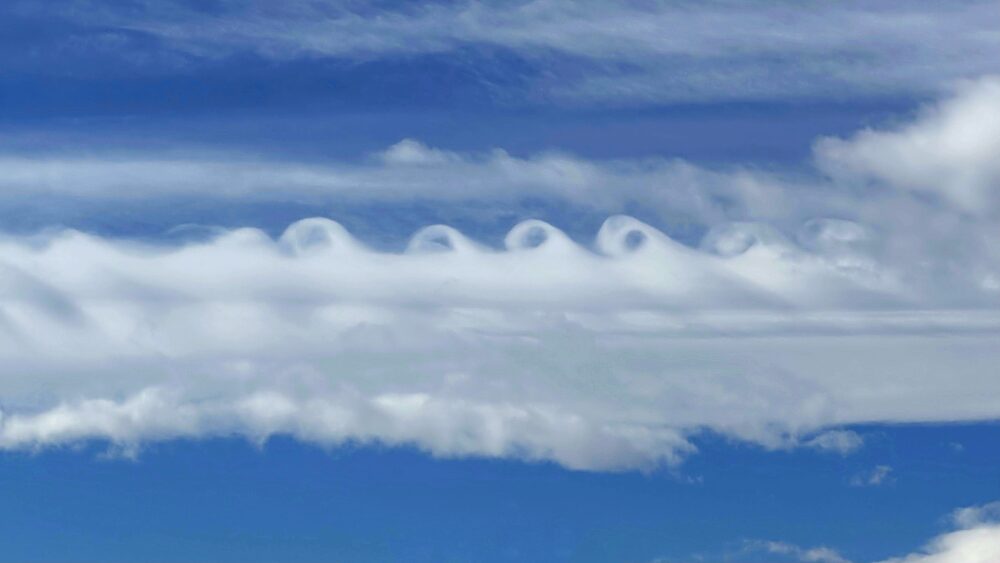

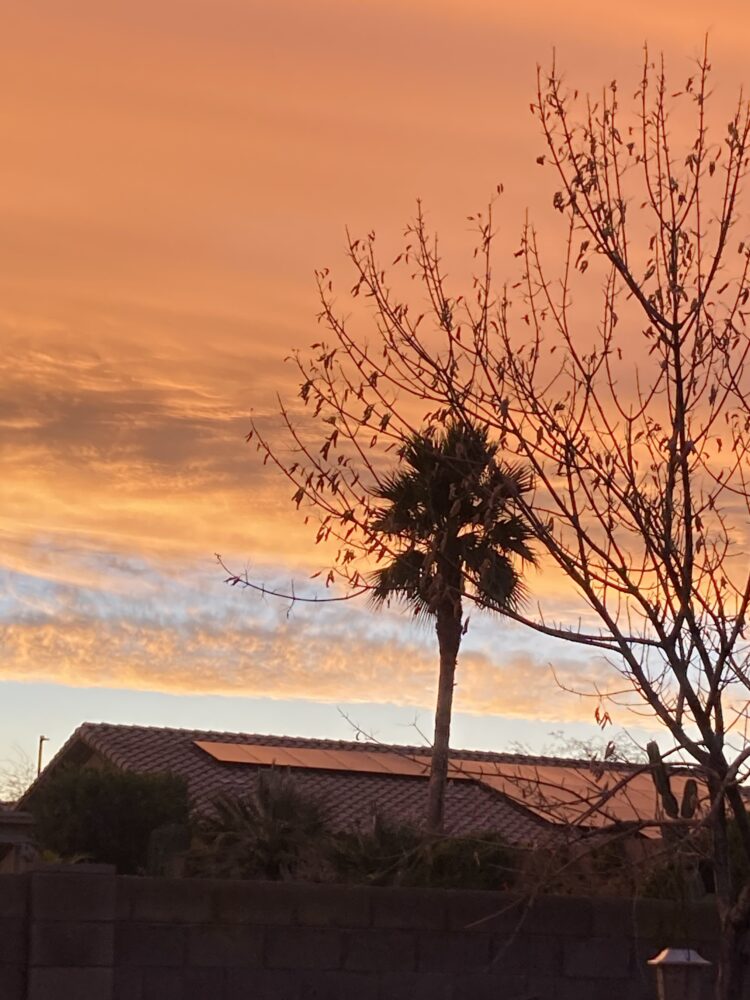
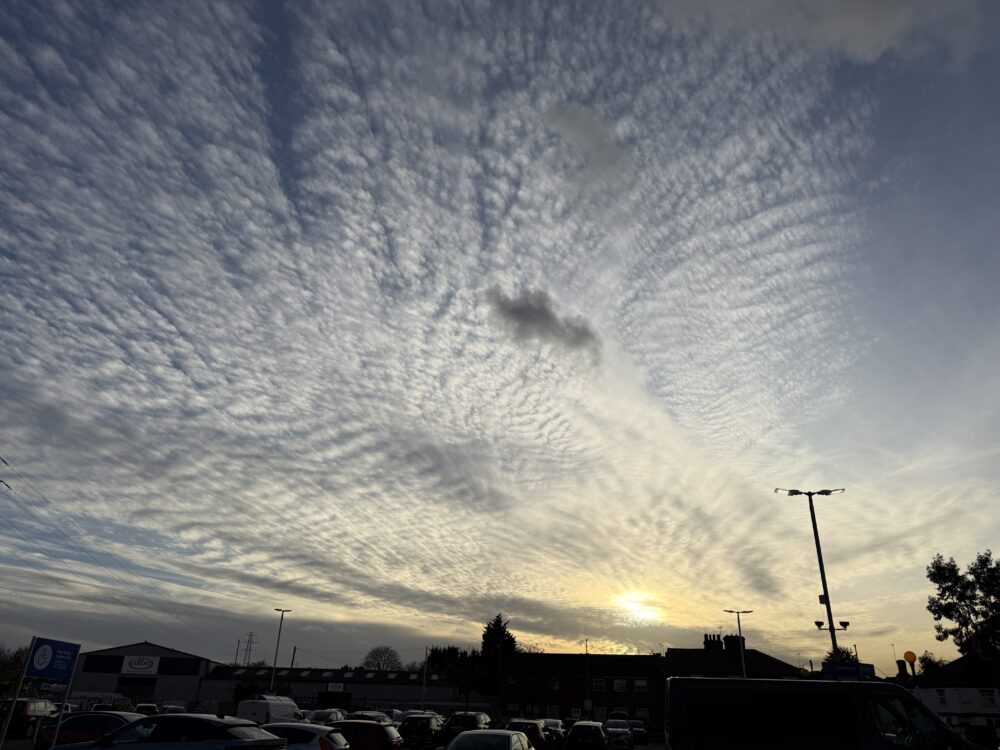
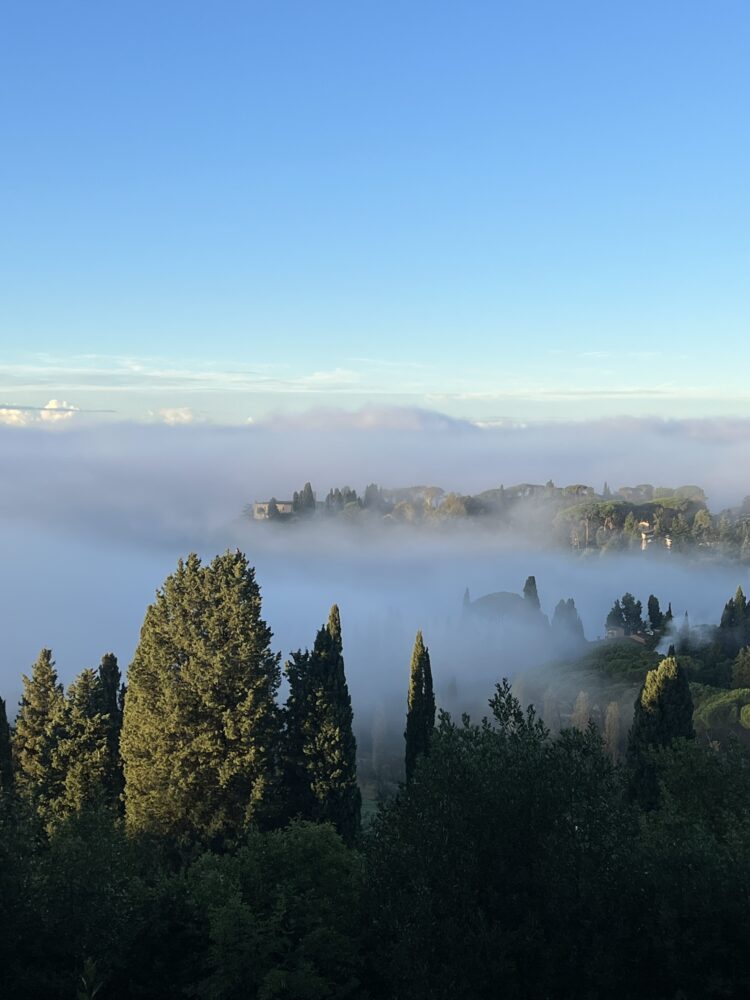
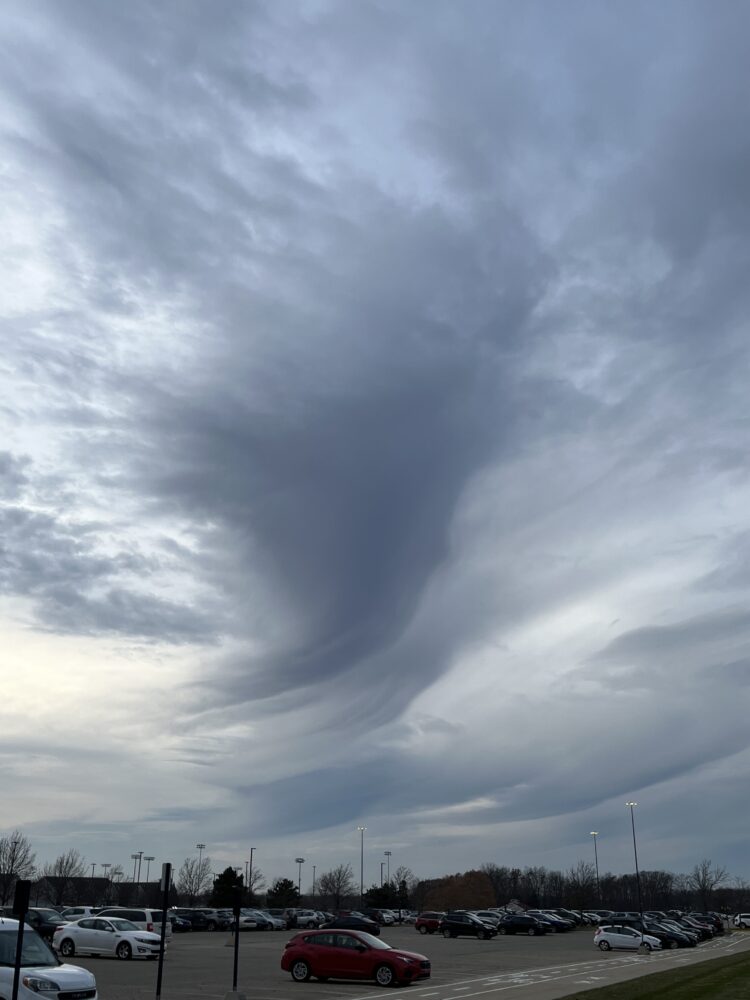


Beautiful photo, but boy! ….. does’nt that look COLD!
Never seen even a picture of this before – wonderful image! And Ian – thanks for the link.
Beautiful, incredible phenomena and with two deer at the same time! Excellent composition – great picture!
PS, website administrator: as you can see by my inadvertent ‘anonymous’ submission and the one by Andrew Kirk, the submission guidelines are unclear!
The difference between a subsun and sundog seems to be a technicality. Optically, both are ‘subsuns,’ and metaphorically, both are ‘sundogs.’ At least that’s what I’ll tell myself, since I’ve named this one “The Dancing Sundog”! (See the video by that name on Youtube.) And yes–the vegetation is mullein and the animals are two mule deer.
The difference between a subsun and sundog seems to be a technicality. Optically, both are ‘subsuns,’ and metaphorically, both are ‘sundogs.’ At least that’s what I’ll tell myself, since I’ve named this one “The Dancing Sundog”! (See the video by that name on Youtube.) And yes–the vegetation is mullein and the animals are two mule deer.
Ian
Thanks very much indeed for the link you kindly provided in relation to the photo portrayed which gives, for the likes of me, detailed information about this cloud type of unusual phenenomenon – something I’ve not known about it till now – one of the many things I learnt about from the CAS and its members, thanks be!
Thanks to you, Ron, for this photo from which I’ve learnt something new. Good man!
Laurence
Great shot and cool link. But wait! Is that a field of Mullein and two reindeer?
Great shot and cool link. But wait! Is that a field of Mullein, and two reindeer?
More information here http://www.atoptics.co.uk/fz188.htm
IanL..